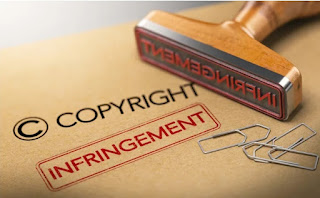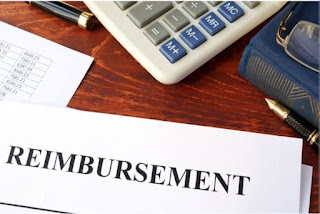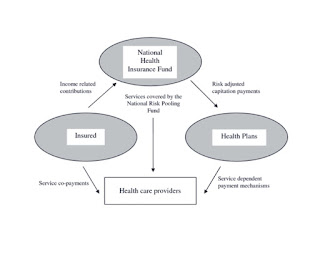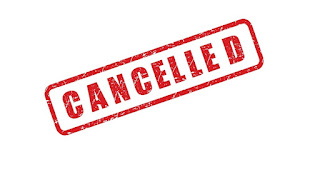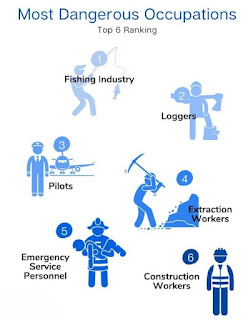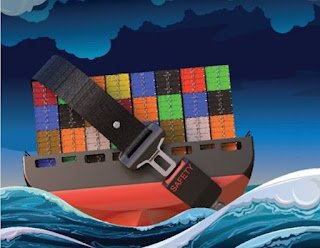Hired And Non-Owned Auto Insurance

Hired And Non-Owned Auto Insurance Hired and non-owned auto insurance (HNOA) is a type of insurance for small business owners who rent or lease vehicles, or ask employees to use their personal vehicles for business purposes. This includes: 1-Rented vehicles: When a company rents a car or truck for business purposes, HNOA insurance can cover any liability arising from an accident while using the rented vehicle. 2-Leased vehicles: Similarly, if a business leases a vehicle for work, HNOA insurance can offer coverage for accidents and any associated legal expenses. 3-Employee personal vehicles: In some cases, businesses might allow employees to use their personal vehicles for work-related errands or tasks. HNOA insurance kicks in if an employee is involved in an accident while driving their personal car for business purposes and their personal insurance policy is inadequate or doesn't provide coverage. If you or an employee gets into an accident while driving a leased, rented, or ...


